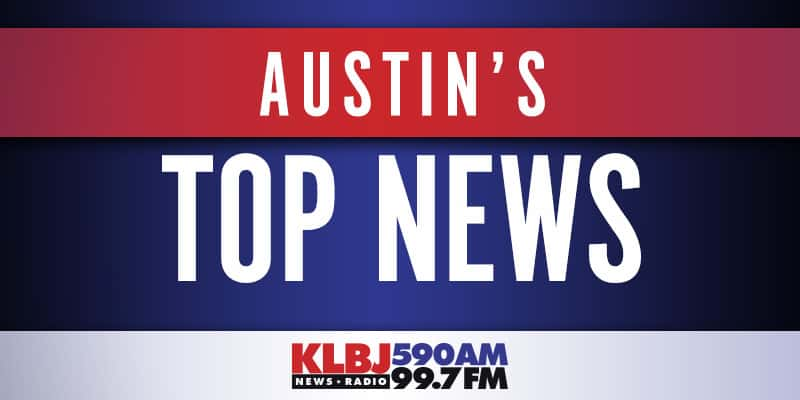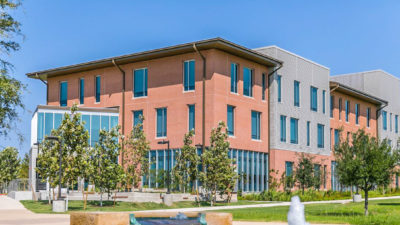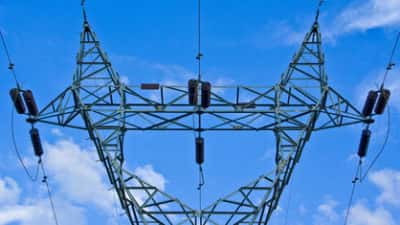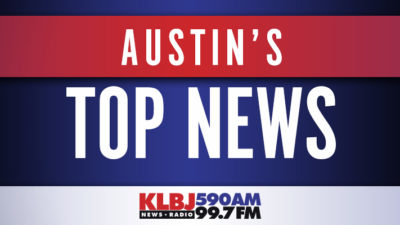Convention center open
The Austin Convention Center is officially open now as an alternate care site for coronavirus. Travis County Health Authority Mark Escott has laid out some of the rules that the site will operate under.
“Patients will be referred here directly from hospitals. This is not a site where individuals can show up and be received here for COVID-19. For that, they need to go through the regular physicians office, urgent care, emergency room,” says Escott.
The site is staffed to take on 25 patients. But he says there are plans in place to go up from there. Spacewise, Escott says, currently it could take about 250 people and be expanded to about 1,000 people if need be. But he hopes it won’t be coming to that.
COVID-19 update
Austin Public Health has not updated its coronavirus dashboard to Travis County over the past day. So it last reported 564 people were hospitalized, 180 of them in the ICU. Officials say ICU capacity remains a big concern for them, and there is some expectation that by as early as tomorrow, all ICU beds will be in use. Updated data is expected on that dashboard later today.
The latest numbers from Baylor Scott and White, Ascension Seton and St. David’s show 25% of all hospital beds across the three systems are still open and available. There are a total of 2,473 staffed beds among them. As for ICU capacity, the report says 91% of the 483 ICU beds across the three hospital systems are currently in use.
Vaccine rollout
Travis County Commissioner Brigid Shea is excoriating the state of Texas over the rollout of COVID-19 vaccines. Just last week, she penned almost all the blame for the rocky start on Governor Greg Abbott. As Travis County is getting 12,000 more doses this week, she remains highly critical.
“We’re gonna use up those 12,000 immediately, and then we’re gonna have lines and lines of angry and frustrated people,” says Shea.
The state this week has acknowledged the changes will be needed to make a dent in the pandemic. Travis County expects to begin receiving at least 10,000 doses a day, but that won’t be happening probably for several weeks.
Virtual classes recommended
The COVID positivity rate of students in Travis County has been growing. Austin Mayor Steve Adler says this is why health officials have recommended students stay in a virtual class setting for the time being. High school 20.2%, Middle school 27.1%, Elementary school almost 20%, preschool 10%.
From January 4-10, The Austin School District has seen more students and staff cases than any other local district. AISD has urged as many kids to work from home as possible this week and more than 10,000 who had been learning on campus have reportedly made that switch.
AISD staffing cuts
Education Austin, which is the group that represents Austin ISD teachers and employees, is pleading with state leaders for help. AISD leadership is considering staffing cuts due to the expected funding cuts from the Texas Education Agency. Education Austin Union President Ken Zarifis says state leaders could stop this during the legislative session.
“If we shift from an attendance based funding model to an enrollment based funding model that would help stave off a great deal of the cuts or potential cuts or funding shortfalls,” Zarifis says.
If the governor or the TEA would also allow the district some program flexibility, AISD and education throughout Texas would fare much better throughout the pandemic.
Live Music Preservation Fund
67 live music venues in Austin that have been directly impacted by COVID-19 shutdowns will be splitting a little more than $1.3 million in grant funding that’s being doled out. It’s part of the $5 million in the Live Music Preservation Fund created last year. The city is still requiring venues to meet some criteria, including submitting a mandatory equity strategic plan before they apply.
Billion dollar budget hole
With the opening ceremony of the 87th State Legislature now in the books, the tough part is coming up. The battle over the budget is looming large. With a billion dollar hole in state revenue thanks to 2020, lawmakers are expected to battle over where to cut the budget.
“Just to keep health and human services and K-12 education whole, you’re going to need to increase by about four or 5% what they’re receiving because of inflation and population growth. Anything less than that is a defacto cut,” says Rice University political scientist Mark Jones. “They’re going to then either have to cut spending on teachers, limit raises, limit pre-K.”
Cuts to education would undo some of the advancements made last session.
This news and more on News Radio KLBJ:
https://omny.fm/shows/klbjam-flash-briefing-1/am-newscast-1-13-21





